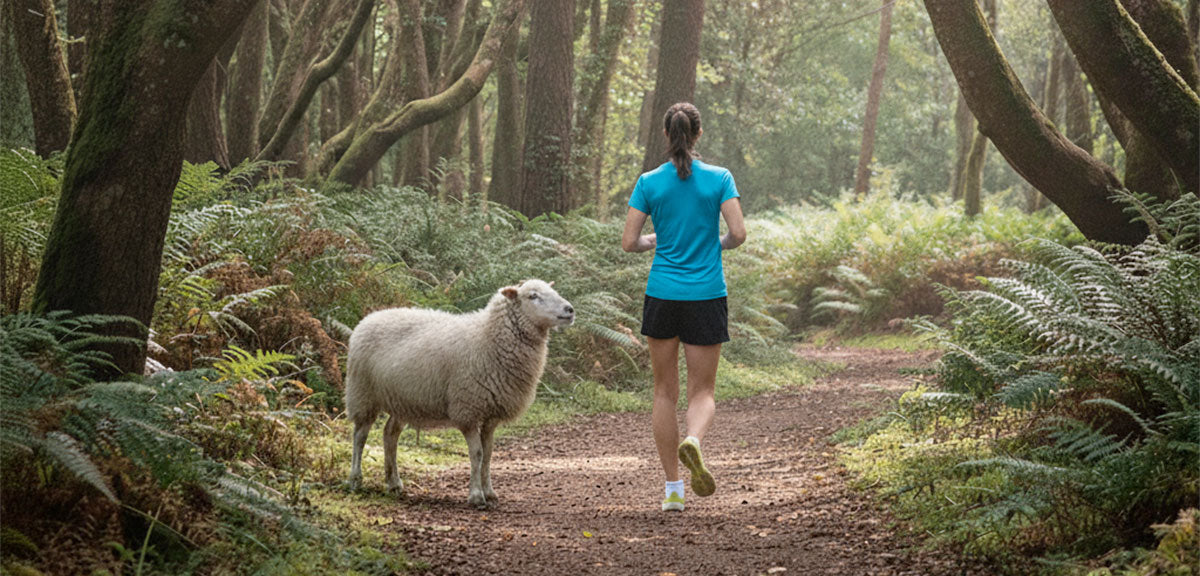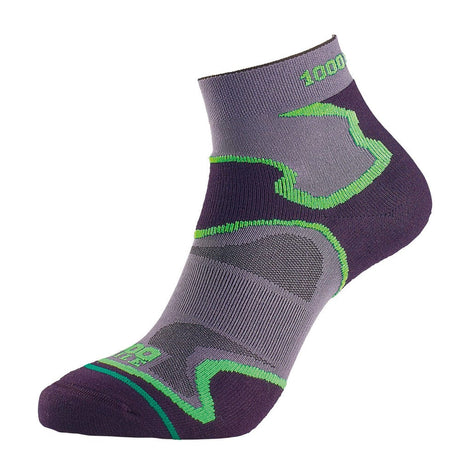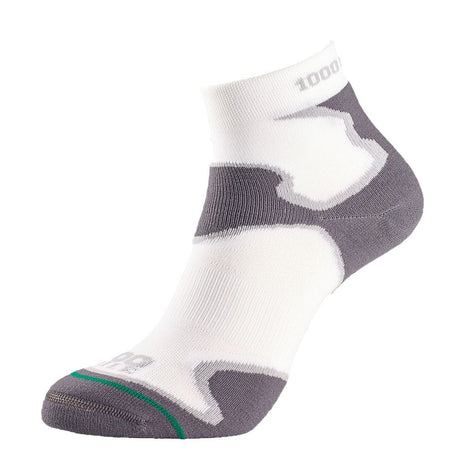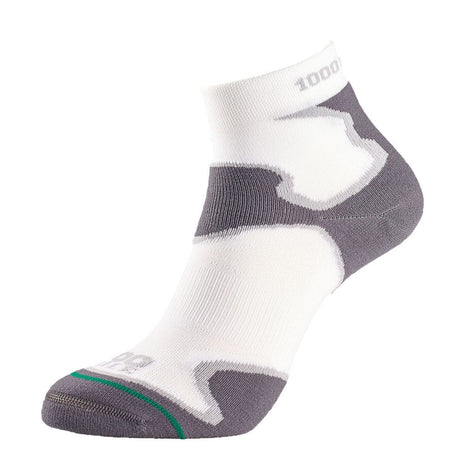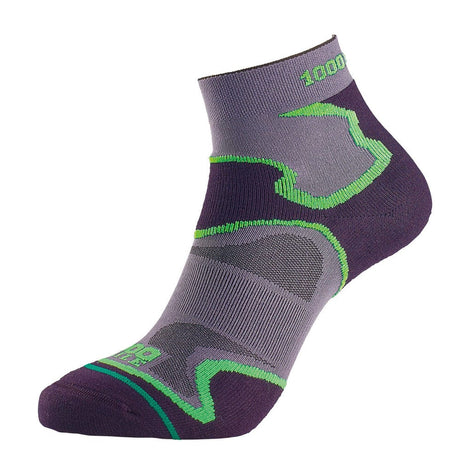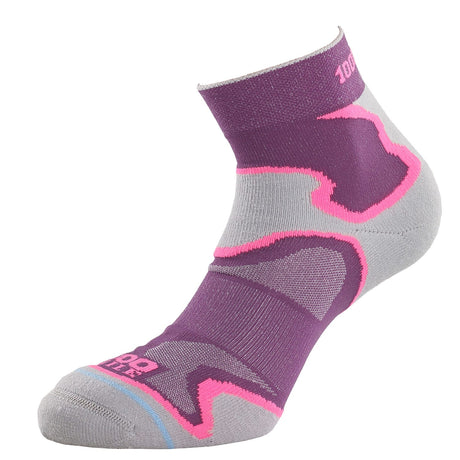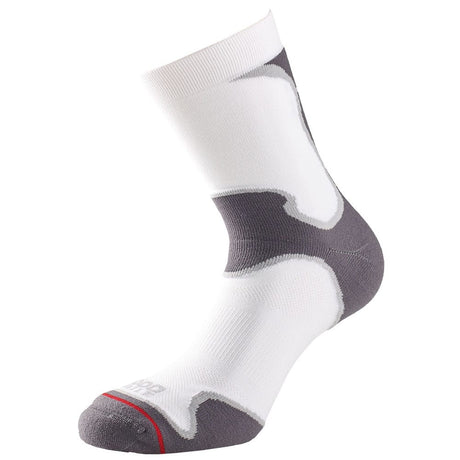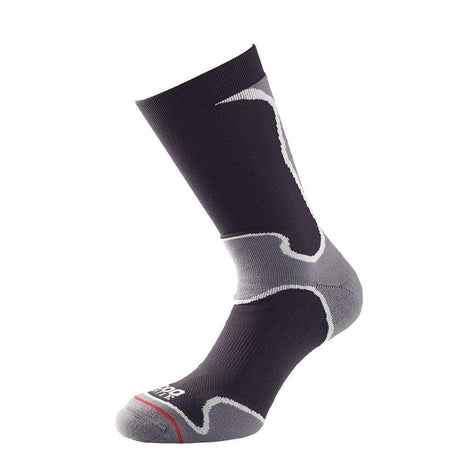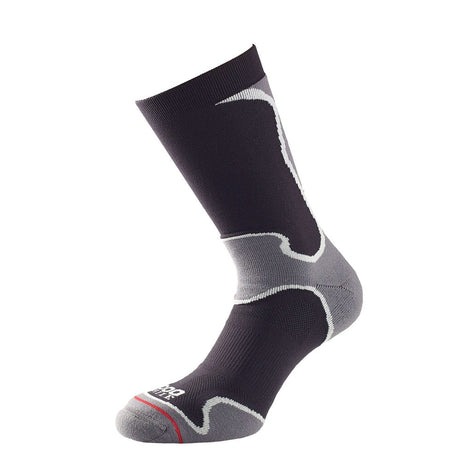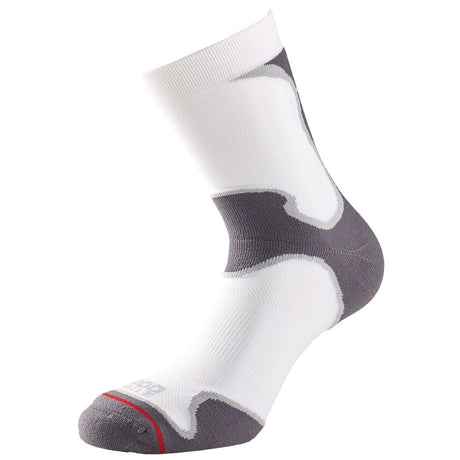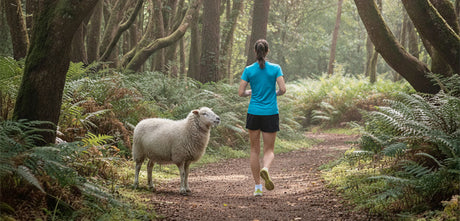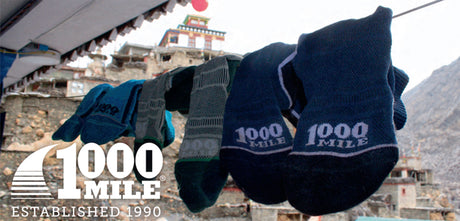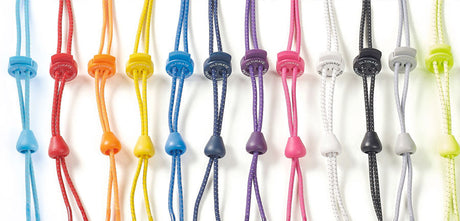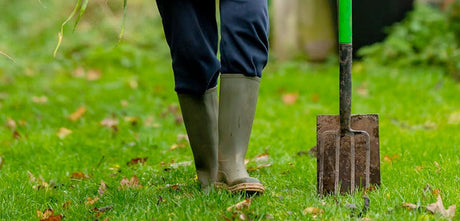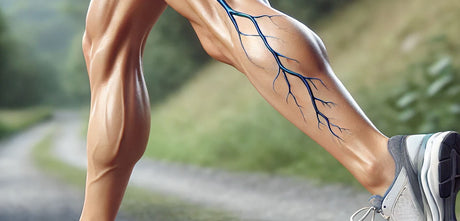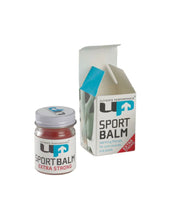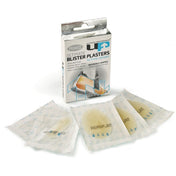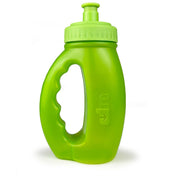When it comes to performance socks, the fabric is far more important than most people realise. The right material means the difference between a comfortable, blister-free run and a painful one. At 1000 Mile, we’ve spent decades testing fabrics to make sure every pair of socks does its job properly. Three of the most commonly compared fibres are cotton, Tactel®, and wool. Each has its place, but they perform very differently.
Cotton socks
Cotton is one of the oldest and most widely used natural fibres. It’s breathable, soft against the skin, and feels comfortable in everyday wear. But when it comes to sport and high-performance activity, cotton shows some weaknesses:
Moisture retention: Cotton holds onto sweat and rain. This means you are more likely to have damp socks. Therefore, your risk of getting blisters increases because wet running socks mean increased friction.
Slow drying: Once wet, cotton takes longer to dry than more modern fabrics. This means your feet stay cold, uncomfortable and more susceptible to blisters. As every soldier knows, keeping your feet warm and dry is essential for morale!
Loss of shape: Over time, cotton socks lose elasticity and sag. This makes them harder to get on and off.
Cotton is fine for casual wear, but for running, hiking, or any endurance sport, where small details matter, there are better options.
Tactel®: Lightweight Performance
Tactel® fibre, a modern nylon fibre created by Invista and used under license to Nilit®, is engineered specifically for high-performance fabrics. Here’s why it’s a game-changer for socks:
Soft and lightweight: Tactel is twice as soft and 20% lighter than many other fibres. This makes them more comfortable and better suited to sport and activities.
Fast drying: It dries up to eight times faster than cotton. As a result, keeps your feet fresh and helps prevent blisters.
Strength: Tactel is up to three times stronger than natural fibres, meaning greater durability and longevity.
Breathable: Allows moisture to evapourate and air to get to your foot, keeping feet cooler during activity.
This is why many of our double layer 1000 Mile socks feature a 100% Tactel® inner layer—it’s smooth against the skin, wicks moisture away, and reduces friction.
Wool socks
Wool has natural warmth and cushioning. Sheep swear by it. Wool is trusted by walkers, hikers, and outdoor adventurers for centuries. Modern sock designs often use merino wool, prized for its softness and performance.
Insulating: Excellent warmth, even when damp.
Moisture-wicking: Absorbs sweat but still insulates, helping regulate foot temperature.
Natural cushioning: Adds comfort on long treks.
Odour resistant: Naturally antibacterial, reducing smell.
Wool is an ideal choice for cold weather, hiking, and recovery, but it’s heavier than Tactel® and not always as fast-drying.
So Which Fabric Should You Choose?
- For everyday comfort: Cotton works fine.
- For running and training: Tactel® is the best all-round performance fibre.
- For hiking and outdoor adventures: Wool offers warmth, cushioning, and natural performance.
At 1000 Mile, we often combine fibres to get the best of each world. For example, double layers with Tactel® for blister prevention, or fusion socks with padded zones and wool for outdoor use.
Final Word
The fabric in your socks matters more than you might think. Cotton may be familiar, but Tactel® and wool are engineered (or evolved) to keep your feet healthier, drier, and more comfortable. That’s why we design our socks around the science of fabric—so you can focus on your run, walk, or hike, not your feet.

